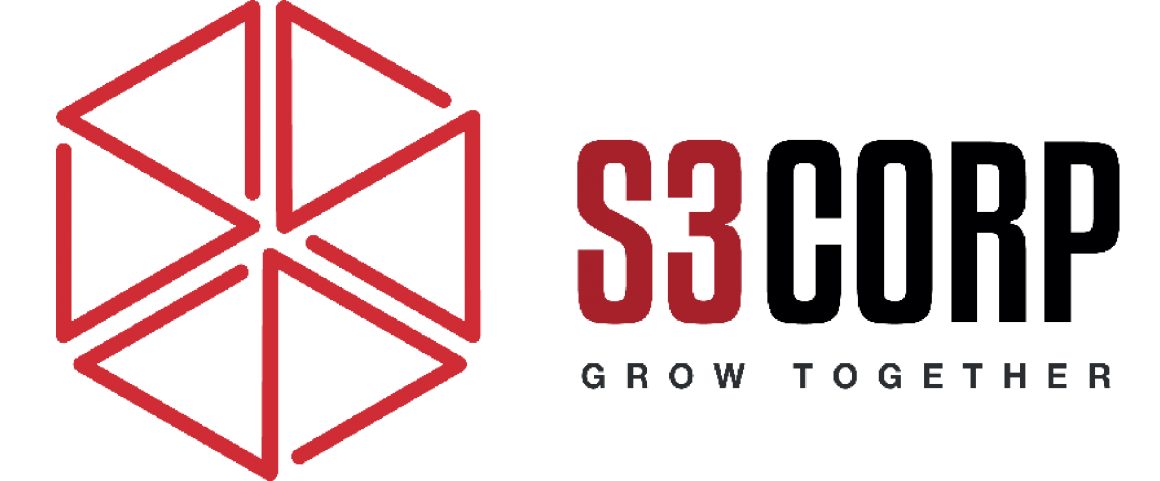Improving Software Upgrades: A Cost-Benefit Analysis for Business Continuity
— April 15, 2024In the ever-changing information technology world, software updates are a strategic need for firms looking to preserve a competitive advantage. While the attraction of increased functionality and security is clear, managing the update process requires a sophisticated strategy that blends innovation with operational reliability. This article goes into the intricacies of software updates, providing decision-makers with a detailed framework for cost-benefit analysis and strategic execution.
Uncovering the Multifaceted Costs of Employee-Facing Software Upgrades
The software tools that drive your workforce, like as Customer Relationship Management (CRM) and Enterprise Resource Planning (ERP) systems, provide the foundation of everyday operations. While upgrades provide several advantages, such as improved processes and enhanced security features, the related expenditures exceed the original license price. Here, we highlight the often-overlooked cost issues.
• Productivity Flux: Transitioning to a new software version might cause a temporary drop in productivity. Employee training, software fault resolution, and adaptation of current operations all lead to a decrease in productivity. According to research from the Information Technology Industry Council (ITIC), IT downtime costs North American firms $300,000 every hour. Extrapolating this value throughout the upgrading term demonstrates the huge cost effect.
• Network architecture considerations: A reliable network infrastructure is essential for smooth software functioning. Upgrading software may demand changes to your network design to guarantee compatibility and peak performance. These modifications result in increased expenditures.
• Data migration and customization. Details: Migrating old data to a new software version may be time-consuming and expensive. Furthermore, changes made in the prior version may not convert cleanly into the current one, needing further adjustments and continuing maintenance.
• Preparing Your Workforce for Success: It is critical to provide your staff with the skills they will need to navigate the new software world. Training programs include expenses connected with instructor fees, instructional materials, and employee time away from normal tasks.
Consumer Software Upgrades: Balancing Functionality and Customer Experience.
While employee-facing improvements largely affect internal operations, consumer-facing software changes need a singular emphasis on the customer experience. The key worry here is not a short drop in production, but rather the possibility of lost opportunities and reputational harm.
• Evolving Customer Expectations: Consumer-facing software includes e-commerce platforms, loyalty programs, and even fundamental services such as hotel Wi-Fi. A complex or obsolete software version may alienate customers who are used to a certain degree of functionality and user experience. Failure to keep up with changing expectations may result in customer turnover and a negative brand image.
• Enjoy seamless customer interactions: In today’s fast-paced environment, customers want smooth interactions. Upgrades to software should not impose restrictions on client devices, such as forced software downloads. Easy login choices and simple interfaces are critical for preserving client happiness.
• The Benefits of Data-Driven Personalization: Modern consumer-facing software solutions use user data to provide tailored experiences. Upgrading your software should provide a chance to improve your capacity to collect and ethically use client data, provide targeted marketing, and develop better customer connections.
Pro Tip: Regularly asking client for feedback on their software experiences is a very beneficial habit. This knowledge enables you to prioritize updates that are most relevant to your target audience.
A Framework for Strategic Software Upgrade: Balancing innovation with continuity.
Upgrading company software is a key decision point. Here’s a useful structure to help you navigate the process:
1. Analyze the cost equation: Conduct a complete cost study that includes not just the initial license fees but also any possible hidden expenses such as training, network changes, and data transfer.
2. Proactive Risk Mitigation via Planning: Anticipate probable impediments at the pre-planning stage. By proactively recognizing and resolving these difficulties, you may reduce interruptions and guarantee a seamless transition.
3. Quantifying Return on Investment (ROI). Consider the possible advantages of different upgrading alternatives. Consider the implications for productivity, security, and feature sets. Look beyond the immediate horizon to see how the update will position your company for future success.
4. Evaluating the Pros and Cons: Make a complete summary of the possible advantages and drawbacks for each upgrade choice. This comprehensive review enables you to make educated judgments that are consistent with your strategic goals.
5. Plan for unexpected events: Even the best-laid intentions sometimes go astray. Create a backup strategy to meet unexpected issues and save downtime. This proactive strategy ensures company continuity while mitigating possible losses.
By taking a deliberate and thorough approach to software updates, you can maximize the potential of innovation while maintaining operational stability. Remember, the key is to carefully evaluate expenses, both hidden and upfront, anticipate obstacles, and prioritize modifications that provide real advantages that justify the expenditure.
Conclusion: Embracing calculated evolution in a dynamic software landscape.
The constant march of technological innovation needs regular software updates for firms that want to prosper in today’s competitive market. While the potential advantages of increased functionality and security are apparent, the update process need careful planning.
This article has given you a complete framework for evaluating the cost-benefit implications of software updates. You can shift software upgrades from disruptive occurrences to strategic business catalysts by carefully evaluating financial concerns, proactively limiting risks, and selecting upgrades that produce demonstrable benefits.
Remember, the ultimate goal is to reach a state of deliberate evolution in which your software ecosystem continually adjusts to suit your changing demands while maintaining operational stability. By using a data-driven, cost-conscious strategy, you can guarantee that your software improvements empower your employees, improve client experiences, and push your company to long-term success.





